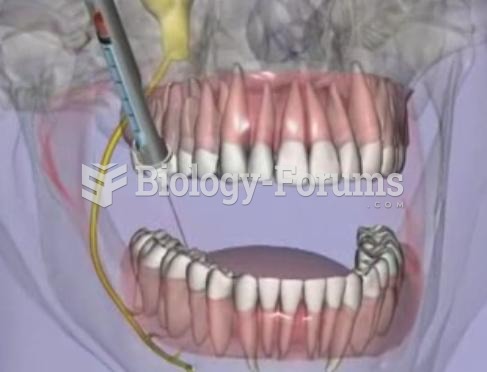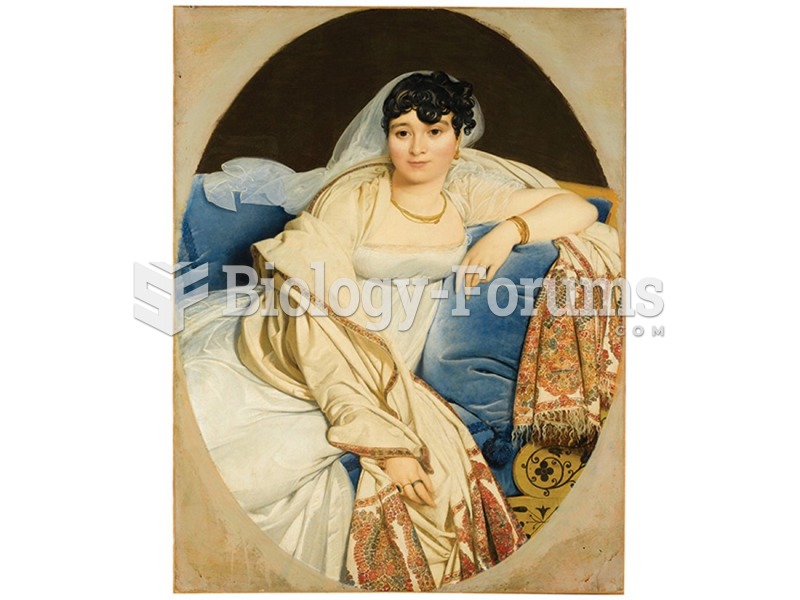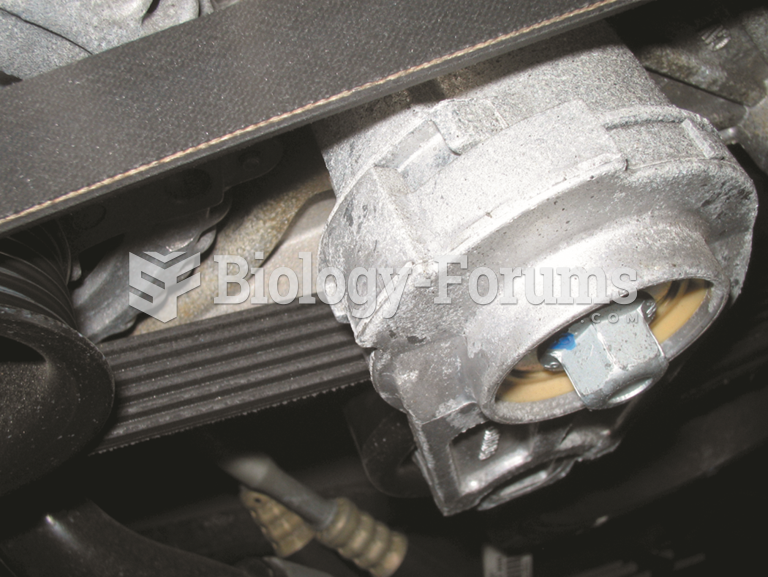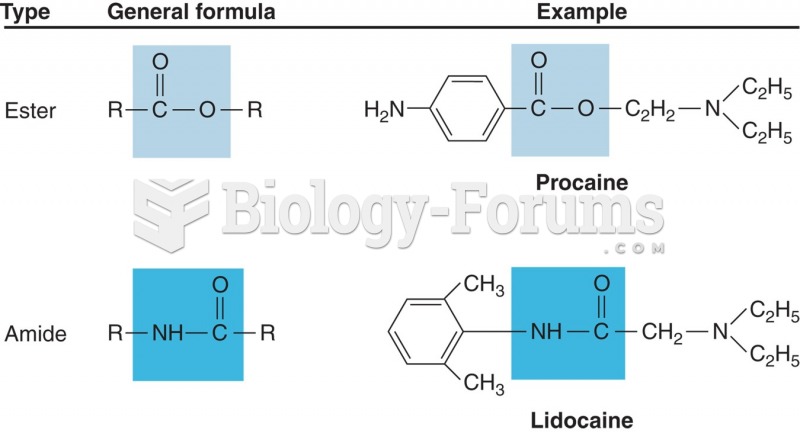Answer to Question 1
1a. Let Q denote the quantity of carpets sold
Breakeven point under Option 1
1,000Q 400Q = 17,400
600Q = 17,400
Q = 17,400 600 = 29 carpets
1b. Breakeven point under Option 2
1,000Q 400Q (0.20 1,000Q) = 0
400Q = 0
Q = 0
2. Operating income under Option 1 = 600Q 17,400
Operating income under Option 2 = 400Q
Find Q such that 600Q 17,400 = 400Q
200Q = 17,400
Q = 17,400 200 = 87 carpets
Revenues = 1,000 87 carpets = 87,000
For Q = 87 carpets, operating income under both Option 1 (600 87 17,400) and Option 2 (400 87) = 34,800
For Q > 87, say, 88 carpets,
Option 1 gives operating income = (600 88) 17,400 = 35,400
Option 2 gives operating income = 400 88 = 35,200
So Color Rugs will prefer Option 1.
For Q < 87, say, 86 carpets,
Option 1 gives operating income = (600 86) 17,000 = 34,200
Option 2 gives operating income = 400 86 = 34,400
So Color Rugs will prefer Option 2.
3. Degree of operating leverage =
Under Option 1, contribution margin per unit = 1,000 400 = 600, so
Degree of operating leverage = = 1.5
Under Option 2, contribution margin per unit = 1,000 400 0.20 1,000 = 400, so
Degree of operating leverage = = 1.0
4. The calculations in requirement 3 indicate that when sales are 87 units, a percentage change in sales and contribution margin will result in 1.5 times that percentage change in operating income for Option 1, but the same percentage change in operating income for Option 2 (because there are no fixed costs in Option 2). The degree of operating leverage at a given level of sales helps managers calculate the effect of fluctuations in sales on operating incomes.
Answer to Question 2
1. Direct manufacturing costs:
Direct materials (9,500 150 huts)
Direct manufacturing labor (704 150 huts)
Manufacturing overhead (3.50 105,600)
Total costs
Markup (20 1,900,200)
Total bid price
1,425,000
105,600
369,600
1,900,200
380,040
2,280,240
2. Direct manufacturing costs:
Direct materials
Direct manufacturing labor
Manufacturing overhead
Total costs
Markup (20 of 2,122,350)
Total bid price
1,567,500
123,300
431,550
2,122,350
424,470
2,546,820
Direct materials = (2,090,000/200) 150 = 1,567,500
Direct manufacturing labor
Manufacturing overhead = (3.50 123,300) = 431,550
3. The main discrepancies in costs (before the mark up) in requirements 1 and 2 are as follows:
a. Materials are marked up by 10 in the Sept. 15, 2014, invoice.
(1,567,500 1,425,000)/1,425,000 = 10.
b. Costs are double-counted based on the Sept. 15, 2014, invoice (inspection and setup costs are included as both a direct cost as part of direct manufacturing labor and in manufacturing overhead allocated at 3.5 times direct manufacturing labor cost).
c. The standard cost sheet includes 32 direct manufacturing labor hours, while the Sept. 15, 2014, invoice includes 30 hours of production labor.
4. According to the IMA Standards of Ethical Conduct for Practitioners of Management Accounting and Financial Management, the following principles should guide your decision to present the bid based on the retail cost of producing the huts:
a. Competenceresponsib ility to provide information that is accurate.
b. Integrityrefraining from engaging in any conduct that would prejudice carrying out duties ethically or that would discredit the profession.
c. Credibilitydisclose all relevant information.
I would go to my boss with the bid in requirement 1 after checking
(a) If any direct material savings is possible and
(b) If direct manufacturing labor can be reduced to 30 hours from 32 hours.
Assuming that only the latter is the case, then the bid I would propose is:
Direct materials 9,500 150 1,425,000
Direct manufacturing labor 30 hours 22 150 99,000
Manufacturing overhead 346,500
Total costs 1,870,500
Mark up at 20 of total costs 374,100
2,244,600







